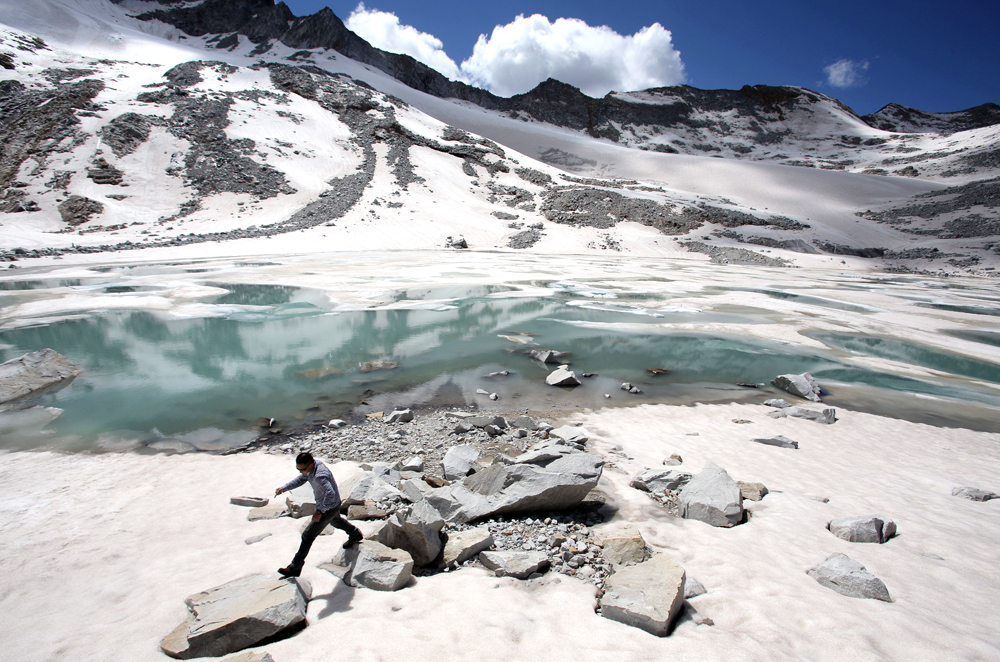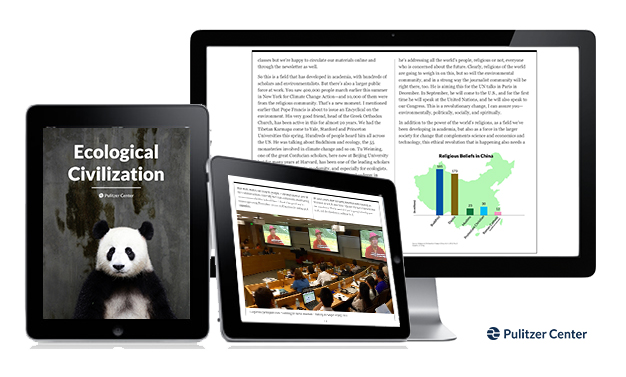Project August 1, 2012
Meltdown: Climate Change and Environmental Degradation on the Tibetan Plateau
Country:

The Tibetan Plateau covers approximately 25 percent of China's surface area, spreading out over 2.5 million sq. km in the west of the country. It is home to the largest store of freshwater outside of the North and South Poles, feeding water into Asia's major rivers which supply water to over a billion people.
As a result of anthropogenic climate change, temperatures are rising on the Tibetan Plateau faster than anywhere else in Asia. The effects of these changes are becoming more evident in the form of melting glaciers, increasing desertification and degraded grasslands.
Forced resettlement programs have been introduced to relocate tens of thousands of nomads who are blamed for contributing to the deterioration of the plateau. Increased mining operations near so-called protected areas also fuel degradation on the plateau creating conflicts between native Tibetans and Han Chinese.
This project highlights the major challenges associated with climate change and the resulting social issues that have appeared in recent years. The vivid transformations on the Tibetan Plateau have important ramifications not only for China, but also for the rest of Asia as climate patterns change across the continent and fragile communities are further threatened.















